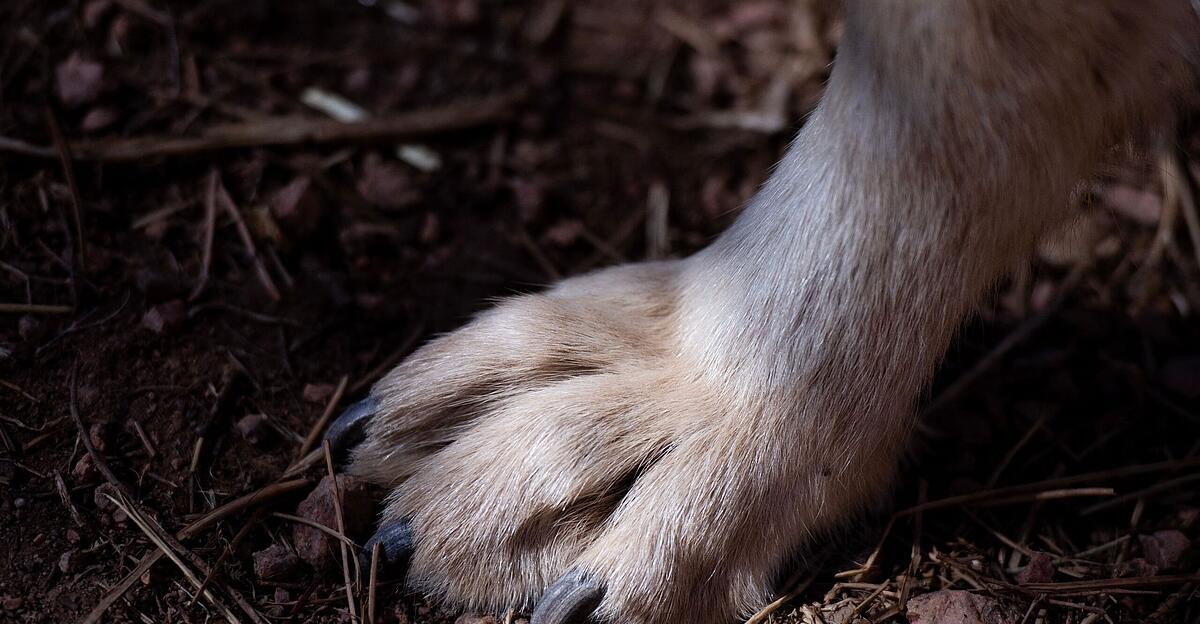There should be a decision in the state government by the end of June. The responsible state councilor Michaela Langer-Weninger (ÖVP) does not want “no clandestine action”, but also invites nature and environmental protection organizations to submit their statements. Ultimately, the ordinance provides for permission to shoot problem wolves under certain circumstances. The aim of the regulation is to protect the population from wolves and wolf hybrids and to avert significant damage to livestock. The coexistence of people, livestock and wolves remains the top priority in Upper Austria,” says Langer-Weninger. However, the ordinance is needed because sightings and cracks are increasing. The ordinance provides for a temporary exception to the year-round closed season for wolves.
For this purpose, the country is divided into four zones, which are used for wolf management. There are two protection zones for wild animals: the “stepping stones”, which means densely wooded areas within 500 meters of permanently inhabited buildings. These areas are intended to be used by the wolves for initial settlement and as a retreat for rearing the young. The high-risk wolf is also protected in zone C1 – alpine and pasture protection areas with a minimum distance of 500 meters from permanently inhabited buildings – the harmful wolf is not. In the event of danger to life and limb, the wolf may be attacked in any zone.
The ordinance defines high-risk and harmful wolves as animals that show critical or dangerous behavior, whereby the high-risk wolf becomes aggressive towards people, and the harmful wolf kills pets or farm animals that have been properly protected repeatedly.
When protecting against these problem wolves, a mandatory cascade must be observed. First, the wolf must be frightened off – first acoustically and visually by everyone, then by hunters with various shots – and finally, within four weeks after the last frightening and within a radius of ten kilometers, it may be temporarily caught and marked or shot down. In turn, certain conditions must be met for catching and shooting – eg dangerous behavior and a certain number of livestock killed within a certain time.
Deterrence and removals must be reported and documented by the state. The state carries out accompanying monitoring so that the restoration of the favorable conservation status of the wolf is not hindered by the exception to the closed season.
Four packs are currently living in the north-eastern border area of Upper Austria. There are also individual animals that wander through the area. A total of around 25 wolves are said to be in Upper Austria. This year, 14 reports of wild animals being killed have already been received, three of which can be proven to be caused by wolves. In the case of livestock, there were twelve reports, nine of which were confirmed wolf tears, according to Langer-Weninger’s statistics.


